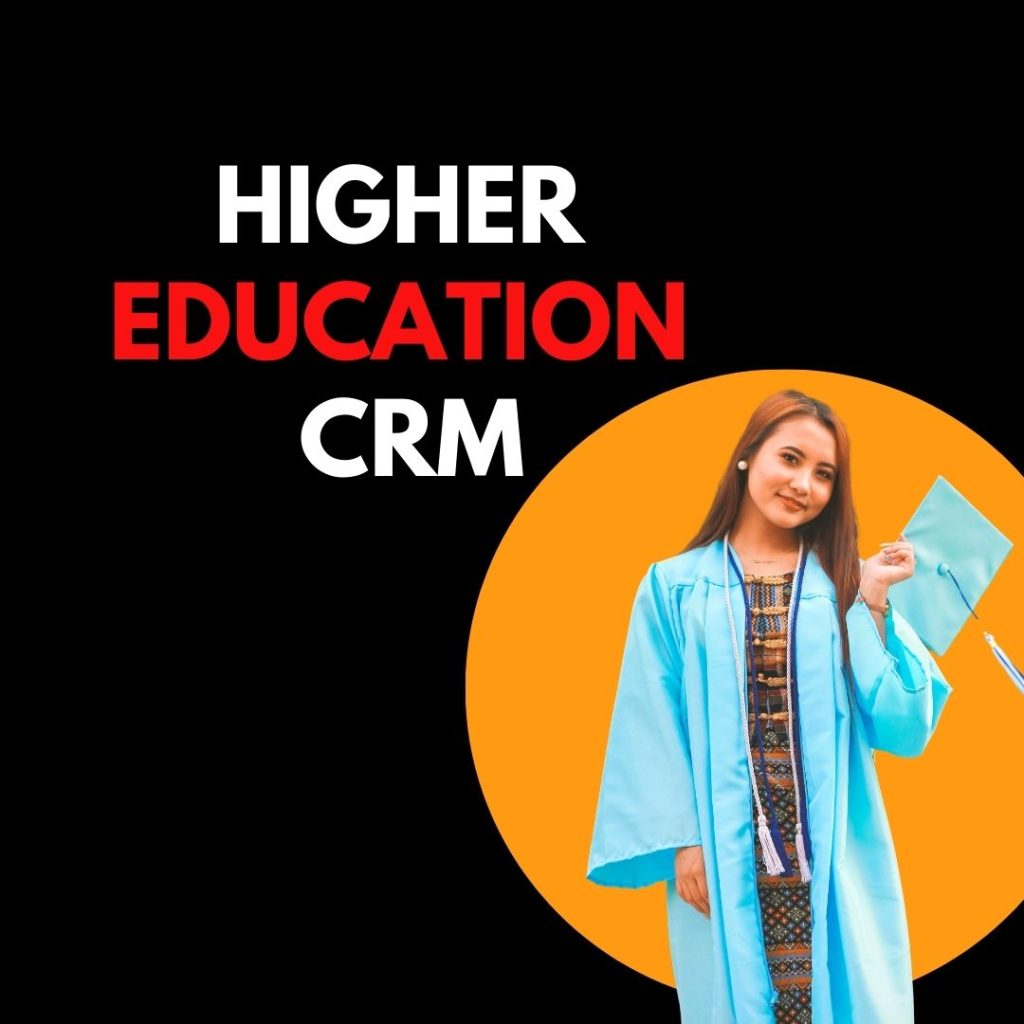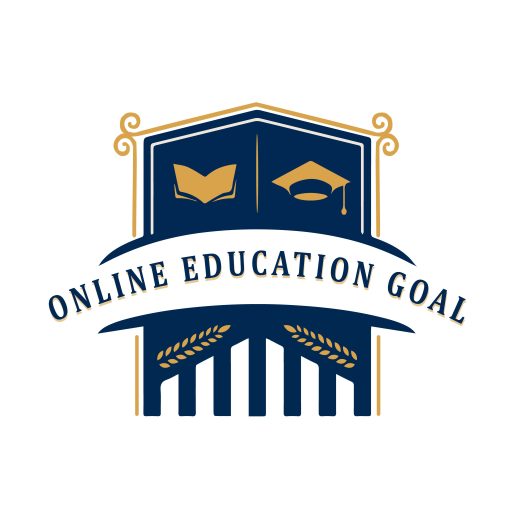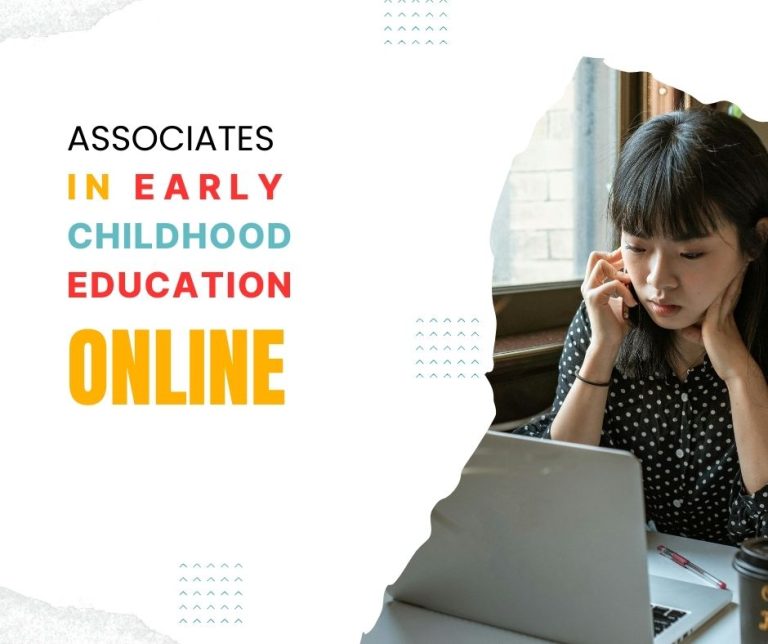Higher Education CRM for Better Campus Operations
A Higher Education CRM is a customer relationship management tool tailored for university use. It streamlines student engagement, alumni relations, and recruitment processes.
In the competitive world of academic institutions, a Higher Education CRM becomes an indispensable asset for managing interactions and driving successful outcomes. Such a system is integral for universities aiming to enhance their communication strategies and build lasting relationships with students, faculty, and alumni.
Designed with the unique needs of colleges and universities in mind, CRMs optimize recruitment efforts, improve retention rates, and boost fundraising activities by providing comprehensive insights and tracking engagement metrics. The tailored approach of a Higher Education CRM ensures that educational institutions can maintain a competitive edge by delivering personalized experiences and leveraging data-driven decision-making to foster a supportive community and achieve institutional goals.

The Rise Of Crm In Higher Education
Colleges and universities are embracing Customer Relationship Management (CRM) systems like never before. These powerful tools help schools manage communications, data, and relationships with prospective students, current students, alumni, and donors. CRM technology has transformed higher education by streamlining processes and enhancing engagement. Let’s dive into the emergence of CRM as a technological necessity and its adoption by higher education institutions.
Emergence As A Technological Necessity
Higher education has become increasingly competitive. Institutions must now differentiate themselves to attract and retain students. Enter CRM systems: they provide a modern solution for managing a vast amount of interactions and data. With CRM, universities can tailor their communications based on student interests and behaviors, leading to better experiences. Digital-savvy students expect this level of personalization.
- Efficient data management
- Enhanced communication strategies
- Streamlined admissions and enrollment
- Improved student engagement
CRMs handle vast interactions from the first inquiry to alumni donations. They make personalized communications simple and effective.
Crm Adoption By Universities And Colleges
Many higher education institutions now use CRMs to manage daily operations. The result? More organized data, structured outreach programs, and a clearer understanding of student needs. Institutions can track admissions, coordinate financial aid, and deliver targeted marketing campaigns.
| Institution Type | CRM Benefits |
|---|---|
| Public Universities | Streamlined student services, enhanced outreach |
| Private Colleges | Personalized communication, increased engagement |
| Community Colleges | Improved retention, support for diverse student bodies |
Adoption rates are soaring as CRMs prove their value in student recruitment and retention. Universities recognize the efficiency and improved outcomes that CRMs bring. Colleges apply CRM insights to connect with students on a deeper level.
CRMs are no longer a luxury; they are a necessity in today’s educational landscape. These systems help institutions stay relevant in a fast-changing world.
Core Features Of Higher Education Crm
Managing a higher education institution demands cutting-edge tools. A Customer Relationship Management system (CRM) designed for higher education can transform the way colleges and universities engage with their students. The right CRM software brings together many features that streamline administrative tasks, enhance communication, and improve student relationships. Knowing the core features of Higher Education CRM is vital for any institution aiming to optimize its operations and student success.
Unified Student Database Management
At the heart of any Higher Education CRM lies a Unified Student Database Management system. This feature provides a single source of truth for all student data, from personal information to academic history.
- Centralized data ensures accuracy and ease of access
- Supports real-time updates and tracking of student interactions
- Facilitates segmentation and targeting for personalized communication
Enhanced Communication And Outreach
Communication between an institution and its students must be smooth and effective. A Higher Education CRM fosters this through Enhanced Communication and Outreach.
- Integrates multiple channels like email, social media, and SMS
- Automated campaigns keep students informed and engaged
- Features like event management to increase interaction
Automation Of Admission Processes
The Automation of Admission Processes is a game changer for institutions. Simplifying and speeding up admissions leads to better experiences for both staff and applicants.
- Automates tasks like application review and student outreach
- Reduces errors and saves time for the admissions team
- Provides a seamless application journey for prospects
Streamlining Campus Admissions
Modern Higher Education CRM software transforms how campuses connect with future students. The process becomes smooth, fast, and dynamic.
Personalized Prospective Student Engagement
Higher Education CRMs personalize interactions with potential students starting from the first contact. Engagement goes beyond mass emails:
- Custom emails based on interests.
- Automated messages for birthdays and milestones.
- Virtual tours tailored to academic preferences.
Prospective students feel seen and valued. This approach boosts enrollment rates.
Efficient Application Tracking
CRMs turn daunting application processes into a breeze. They feature:
| Application Stage | CRM Features |
|---|---|
| Initial Inquiry | Auto-responses, inquiry management. |
| Document Submission | Upload portals, checklist updates. |
| Review Process | Real-time status tracking for applicants. |
Staff and applicants stay informed throughout the process.
Data-driven Admission Decisions
CRMs provide invaluable data insights for making admission decisions. They help sort through applications using:
- Score-based ranking systems.
- Automated assessment criteria.
- Historical data comparisons.
Admission teams make informed choices, shaping the future campus community.
Improving Student Services With Crm
Colleges and universities understand the importance of student satisfaction. Using a Higher Education CRM (Customer Relationship Management) system helps deliver unparalleled student services. It regroups all student interactions, streamlining processes and providing insights to enhance their journey through educational systems.
360-degree Student Profiles
A 360-degree student profile offers a comprehensive view of each student. It captures all student data in one place. This includes academic performance, participation in clubs, financial aid details, and much more, combined to paint a complete picture. Access to this information allows advisors and administrators to tailor personalized support that aligns with individual student needs and goals.
Support For Student Success And Retention
Retention is critical for both students and institutions. A CRM makes it easy to identify at-risk students early on. It alerts staff to provide timely interventions. This can include tutoring programs, counseling, and other support services. By addressing concerns proactively, universities enhance the likelihood of students completing their courses successfully.
Integrated Academic And Financial Advising
Higher Education CRM blends academic advising with financial guidance. This integrated approach helps students understand the financial implications of their academic choices. For example, changing a major or dropping a course could affect scholarships or extend their time in school, impacting overall costs. Arming students with this information ensures better decision-making for their educational and financial well-being.
Optimizing Alumni Relations And Fundraising
Keeping alumni connected and engaged is vital for thriving higher education institutions.
Effective Customer Relationship Management (CRM) strategies enhance fundraising efforts and fortify alumni networks.
Dive into the ways a higher education CRM not only optimizes these relationships but also boosts donation campaigns.
Strengthening Alumni Networks
A solid alumni network is the backbone of any institution.
CRMs offer direct channels for communication, keeping former students tied to their alma mater.
Features like event management and social media integration build vibrant, interactive communities.
- Organize reunions and networking events easily
- Create personalized communication for different alumni groups
- Strengthen bonds with current students through mentorship programs
Targeted Fundraising Campaigns
Key to raising funds is delivering the right message to the right people.
Use CRM data to segment alumni based on factors like region, degree, and donation history.
| Segment | Strategy |
|---|---|
| Recent Graduates | Small, recurring donation plans |
| Established Professionals | Targeted campaigns for major contributions |
Alumni Engagement Metrics
Measure success with clear metrics.
Modern CRMs track engagement through various touchpoints, from event attendance to survey responses.
- Monitor email open and click-through rates
- Track attendance at alumni events
- Analyze online interaction patterns
Review and adjust strategies regularly for improved outcomes.
CRM tools offer insightful analytics, guiding universities to make data-driven decisions.

Facilitating Campus Collaboration
Welcome to our exploration of Higher Education CRM systems and their transformative role in facilitating campus collaboration. These systems aren’t just for managing student relationships. They prove invaluable for staff and faculty, making the quest for a unified and cooperative educational environment a reality. With the right CRM, higher education institutions can bridge the gap between various departments, streamline communication, and enhance teamwork across campus.
Central Hub For Interdepartmental Communication
Institutions thrive when channels of communication are wide open. A Higher Education CRM acts as a central hub, ensuring all departments stay connected. It simplifies sharing information and coordination of efforts. This centralized system means no more silos or broken telephone scenarios. Everyone has access to the info they need, right at their fingertips.
Role-based Access And Permissions
Privacy and data security are top priorities. The CRM caters to this by offering role-based access. Staff only see what they need to. This keeps sensitive information safe. It also makes sure that faculty can work without stumbling over data that doesn’t pertain to them. Permissions are adjustable, offering flexibility as roles evolve over time.
Collaborative Tools For Staff And Faculty
Effective collaboration is born from great tools. A Higher Education CRM provides these tools. It includes shared calendars, task management, and real-time editing of documents. Staff and faculty can work together, even from different locations. This CRM becomes the glue that binds the team, allowing seamless project management and effortless teamwork.
Crm Implementation Best Practices
CRM Implementation Best Practices are crucial for educational institutions aiming to streamline their engagement with students, alumni, and prospective students. A Customer Relationship Management (CRM) system provides a central platform to manage communications, drive admissions, and nurture vital relationships. Implementing a CRM system requires careful planning, training, and ongoing evaluation to ensure success.
Evaluating The Right Crm Software
When selecting a CRM for higher education, focus on alignment with institutional goals. Consider these factors for evaluation:
- Usability: The system should be user-friendly.
- Customization: It must cater to specific academic needs.
- Integration: The CRM should work with existing tools.
- Support: Look for reliable customer service.
- Scalability: The platform must grow with your institution.
Comprehensive Training For Staff And Faculty
Training is key to successful CRM adoption. Develop a training program that includes:
| Step | Action |
|---|---|
| 1 | Identify key users and CRM champions within your team. |
| 2 | Provide role-specific training for effective use. |
| 3 | Organize ongoing learning opportunities. |
| 4 | Ensure access to training materials and support. |
Continuous Evaluation And Adaptation
To maintain CRM efficiency, perform regular assessments. These include:
- Feedback Collection: Gather input from users regularly.
- Performance Analysis: Track system usage and outcomes.
- Improvement Plan: Make necessary adjustments over time.
- Engagement Strategies: Update techniques to boost interaction.
Future Trends In Higher Education Crm
Future Trends in Higher Education CRM are setting a transformative path for institutions worldwide. Agile strategies and cutting-edge technologies promise to elevate student experiences and enhance administrative efficiency. Let’s explore what’s on the horizon for Higher Education CRM systems.
Predictive Analytics For Student Success
Using predictive analytics in CRM tools, universities can forecast student outcomes with higher accuracy. This trend focuses on enhancing student retention rates and academic success. Data-driven insights will aid in the identification of students needing support, while simultaneously driving personalized learning experiences.
Integration Of Ai And Machine Learning
Artificial Intelligence (AI) and Machine Learning (ML) are redefining CRM capabilities. These technologies will automate routine tasks, providing staff with more time for meaningful student interactions. Furthermore, AI-powered chatbots promise to revolutionize student services by delivering instant, 24/7 support.
Expanding Crm To Engage With The Wider Community
CRMs are evolving beyond campus walls to engage alumni, prospective students, and the community. This holistic approach ensures that institutions maintain strong relationships with all stakeholders. It also supports collaborative partnerships and continued education opportunities for a lifelong learning ecosystem.

Frequently Asked Questions For Higher Education Crm
What Is A Higher Education Crm?
A Higher Education CRM is a Customer Relationship Management system tailored for colleges and universities. It tracks student interactions, streamlines admissions processes, and enhances student engagement and retention.
How Does Crm Benefit Universities?
CRMs help universities improve communication with prospective, current, and alumni students. They automate administrative tasks, enhance data management, facilitate targeted marketing, and provide analytics for better decision-making.
Can Crm Systems Improve Student Retention?
Yes, CRM systems can positively impact student retention. They provide insights into student behavior, enable personalized communication, and help institutions intervene proactively to support at-risk students.
What Features Should An Education Crm Have?
A great education CRM should offer robust contact management, workflow automation, communication tracking, event management, detailed analytics, and integration capabilities with other educational tools.
Conclusion
Navigating the complex realm of higher education requires an adept CRM system. It streamlines processes, enhances student engagement, and facilitates remarkable strides in academic success. Choosing the right CRM is pivotal; it’s an investment in an institution’s future. Embrace innovation and watch your educational landscape transform.







